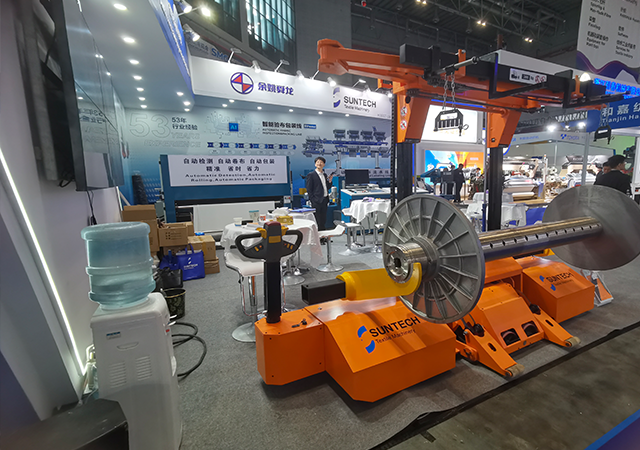For over two centuries, the textile industry in Brazil has been a cornerstone of economic growth, income generation, and job creation. Evolving from its colonial roots to becoming the world's 5th largest textile industry and the 4th in the clothing segment, Brazil's textile sector has embraced transformation and cutting-edge technologies.
Historical Roots and Evolution
While traces of the textile industry in Brazil date back to the colonial period, true momentum began in the 20th century. The industry adapted to the Brazilian climate, especially influenced by the changes brought about by the First World War. As the nation experienced industrial revolutions and technological advancements, the textile sector flourished, leading to continuous growth and the emergence of new market trends.
Current Landscape and Global Influence
Today, Brazil stands as a global reference in beachwear, jeanswear, and homewear, gaining ground in fitness and lingerie. According to the Brazilian Textile and Clothing Industry Association (Abit), the sector is the 2nd largest employer in the manufacturing industry. Recent statistics highlight the industry's economic significance, with revenue reaching R$190 billion in 2021, exports totaling US$1.14 billion in 2022, and investments amounting to R$4.9 billion in 2021.
Complete Textile Chain Dominance
Brazil's textile industry encompasses the entire production chain, from fiber production to fashion shows. The country boasts the largest complete textile chain in the entire Western hemisphere, including cotton plantations, wirings, weaving, beneficiaries, clothing manufacturing, finishing, retail, and fashion shows.

Geographical Hubs and Sector Diversity
While the Northeast region was a pioneer in the 19th century, the Southeast and South regions have gained prominence, with industrial hubs like Americana (SP) and Vale do Itajaí (SC). Santa Catarina leads the industry, surpassing São Paulo in transformation value, with specific areas like Brusque as the textile capital and Gaspar as the hub for children's fashion. The Northeast, particularly Agreste de Pernambuco and Ceará, also contributes significantly to denim jeans production.
Diverse Sectors Driving Growth
The Brazilian textile market spans various sectors, from raw materials like cotton and fibers to synthetic fibers and textile products such as yarns, fabrics, and knits. The retail sector, with its diverse and high-quality final products, positions Brazil as a global leader.
Expectations, Trends, and Innovations
Looking ahead, the Brazilian textile industry is poised for continued growth and innovation. Key trends include sustained investment in research and development, the integration of technology in machinery, the adoption of nanotechnology for improved functionality, and the implementation of the Internet of Things for enhanced efficiency in production.
Sustainability emerges as a crucial factor, with a focus on reducing waste, water consumption, and expenses. Concepts like "slow fashion," emphasizing conscious and sustainable clothing production, gain traction, aligning with consumer preferences for quality over quantity.
Furthermore, innovations such as fingerprinting techniques for improved customer deliveries and the use of innovative, biodegradable raw materials underscore the industry's commitment to progress and environmental responsibility.
In Conclusion
As a pivotal player in the global textile landscape, the Brazilian textile industry continues to evolve and shape the nation's economic trajectory. For businesses within this sector, embracing innovation is not just a choice but a necessity. SUNTECH Textile Machinery stands at the forefront of this transformation, offering an extensive product range including fabric relaxing machine, fabric cutting machine, beam stacker to cater to various fabric types and welcoming inquiries for quotes and cooperation opportunities. Join the journey of innovation and become a pioneer in the ever-evolving Brazilian textile industry.




